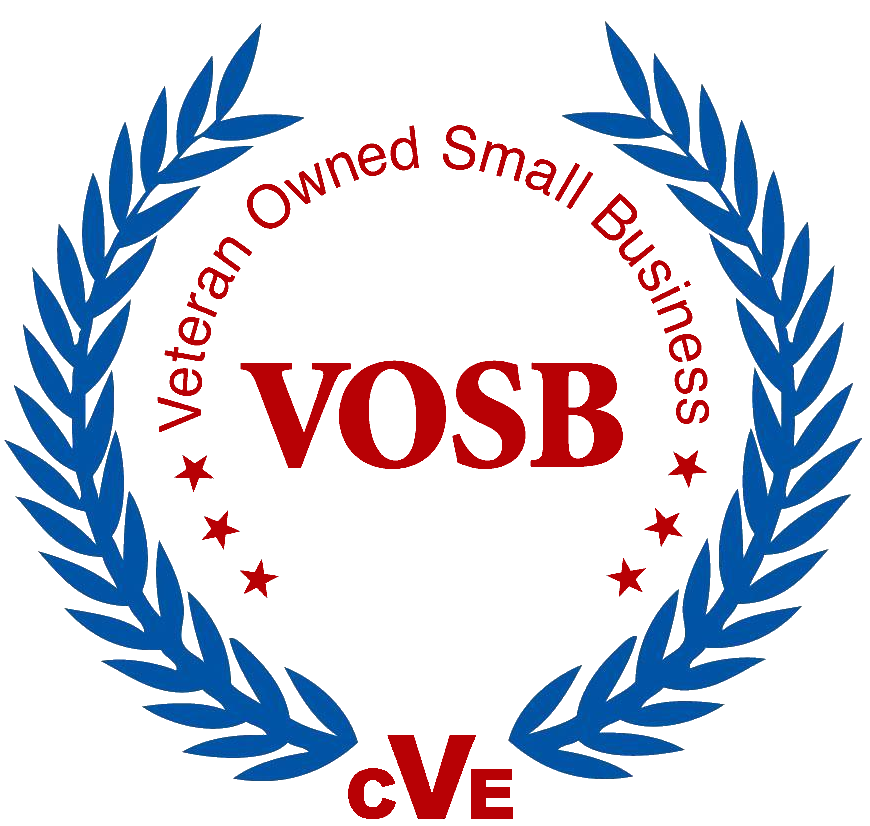
Air pollution from transportation sources (i.e., planes, trains and automobiles) affect both outdoor and indoor air quality. Lack of clean air due to the transportation sector contributes to most health issues caused by air pollution in the United States. HVAC air handlers, which are designed to help clean the air by incorporating air filters, alone, cannot guarantee acceptable levels of indoor air pollutants.
The amount and type of air pollutants that enter medical, commercial and industrial facilities is greatly affected by architectural design. Just as important, though, is the design of air filtration systems and use of high efficiency air filters created to keep indoor air quality clean, even when outside air is contaminated with air pollution.
Approximately 150 million Americans live and work in a region of the country that does not meet the United States National Ambient Air Quality Standards (NAAQS). The transportation sector is largely responsible for the emissions that pollute the air in these areas. Primary air pollutants from cars, trucks, buses, and motorcycles include:
• nitrogen oxides (NOx),
• sulfur dioxide (SO2),
• particulate matter (PM), including diesel particulates,
• volatile organic compounds (VOCs), and
• benzene.
Particulate matter alone causes 30,000 premature deaths in the country yearly. Utilizing high efficiency air filters and/or HEPA filters designed to filter out particulate matter in the size range emitted by the transportation sector are necessary preventative measures as outdoor air makes its way indoors.
Benzene, diesel particulates, and formaldehyde are especially harmful. These are air toxins that have been proven to cause cancer in humans in high enough quantities. Facilities should ensure use of air filters that filter these toxins, as well.
The combination of NOx and VOC’s (volatile organic compounds) forms ground-level ozone, which is another especially harmful air pollutant. Ground-level ozone is the primary component of smog and causes numerous health issues, especially breathing-related problems. Once inside a building, ground-level ozone can react with certain indoor VOC’s, such as terpenes, to form sub-micron particulate matter, further affecting indoor air quality.
As smog makes its way indoors, high efficiency air filters can filter out contaminants and help maintain the health and safety of workers.
NOx, SO2, and particulate matter, some of the primary components of smog, have been found to be some of the primary pollutants of indoor air. These are among the main pollutants that high efficiency and/or HEPA air filters can help eliminate from an indoor environment.
How Transportation Sources Affect Indoor Air Quality
The U.S. Environmental Protection Agency (EPA) found that heavy traffic from motor vehicles can make up as much as 61 percent of indoor air pollution. Local traffic, loading docks, and idling vehicles near buildings are the primary sources of transportation sector pollution affecting indoor environments.
HVAC systems designed so that the air intake is positioned away from outdoor pollution sources can help mitigate this, improving filtration, too.
Other measures include:
• utilizing high efficiency and/or HEPA grade air filters,
• pressurizing important zones (such as operating rooms, clean rooms, etc.) so that pressure drop does not pull in more contaminated air,
• shutting off truck engines at loading docks,
• sealing doors, and
• adding an entrance hallway, foyer, or other vestibule to the building, especially near outdoor air pollution sources.
Contaminated outdoor air can still make its way indoors, though, no matter the layout of buildings. Ventilation or HVAC systems include air filters that are designed to capture the types of pollutants emitted by the transportation sector.
How Outdoor Air Pollution from Transportation Sources Finds Its Way Indoors
Outdoor air pollution from the transportation sector (and other sources) makes it ways indoors via the three main channels of:
• natural ventilation,
• infiltration, and
• mechanical ventilation.
Natural Ventilation
Natural ventilation occurs when outdoor air enters a building through open doors and windows. Among other factors, natural ventilation is affected by the temperature and speed of prevailing winds. Good building design can help minimize the affect winds have on natural ventilation. Air handlers and ventilation systems will require more maintenance with too much natural ventilation.
Infiltration
Infiltration occurs when outside air enters the building through cracks and leaks in the architecture of the building. Proper sealing and building maintenance can reduce infiltration.
Mechanical Ventilation
Most mechanical ventilation systems draw in fresh, outside air from their air intakes, through air filters, and act as air cleaners. Mechanical ventilation includes ventilation fans, air conditioning units, and HVAC or central air conditioning systems.
An air filter designed to filter the types of pollutants emitted by transportation sources can significantly reduce these pollutants that make their way indoors through mechanical ventilation. Poorly designed systems and systems that do not utilize proper air filters designed to capture and filter transportation sector types of air pollution can contribute to more frequent maintenance of the mechanical ventilation system(s), more frequent filter replacement, and declines in worker health and performance.
Conclusion
Air pollution from the transportation sector does not just affect outdoor air quality. It affects the quality of indoor air, as well. Air seeps or flows into buildings through natural or mechanical ventilation and infiltration. Once there, high efficiency air filters made to capture pollutants from transportation sources are needed to ensure good indoor air quality. Adequate air filtration, accompanied by good building design and other indoor air quality control measures, will keep mechanical systems running stronger, longer, and help maintain worker safety and health standards.
To learn more about the importance of using high efficiency and/or HEPA air filters to maintain good indoor air quality at your facility, contact Advanced Filtration Concepts online. Or call us at 323-832-8316.

Advanced Filtration Concepts is a
Certified Veteran-Owned Small Business.
